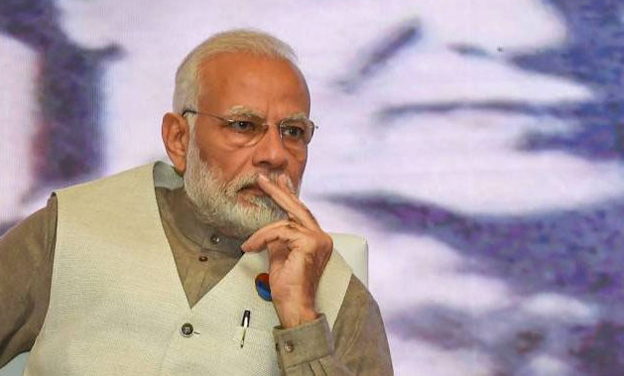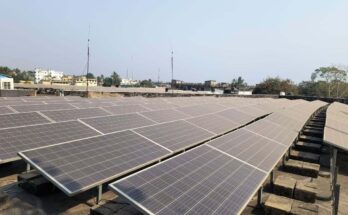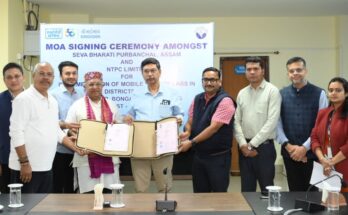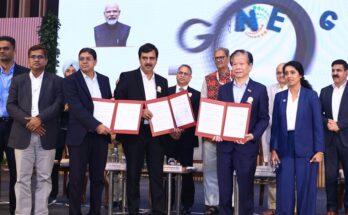By Priya Ranjan Sahu
Since assuming power in 2014, Prime Minister Narendra Modi has never faced a press conference. He has always preferred one-way interactions with people through his ‘Man Ki Baat’ programme. However, on a few occasions, when under opposition fire, Modi has granted “exclusive” interviews to editors from embedded media who have been more than eager to do his bidding.
Modi’s interview with Smita Prakash, editor of news agency ANI, on the first day of 2019 was no different. Those who are acquainted with Prakash’s tweets would agree that she is one of the biggest supporters of Modi among journalists. So they must have figured out that it might be a scripted one.
The whole 95-minute interview was actually no interview but a bunch of clarifications that the Prime Minister seemed desperate to issue in the wake of the Bharatiya Janata Party’s defeat in three major states of Hindi heartland – Madhya Pradesh, Rajasthan and Chhattisgarh – and alleged failure of his government on several fronts including farm crisis and economy. Prakash just dutifully asked questions and Modi issued clarifications; there were no counter-questions from Prakash on several issues where Modi’s answers were found inadequate.
There were many occasions that deserved polite counter-questions. For instance, Modi claimed that demonetisation was not a “jhatka” (jolt) for the people. He said that his government had warned people with black money a year before to deposit them and pay penalty. Prakash did not point out to the Prime Minister how he could make such claims when his own party members had admitted it was a failure or almost all banned currency notes come back to the system.
On a day when lakhs of women formed a “women wall” along 620-km crisscrossing Kerala with a pledge to protect gender equality and progressive thought, Modi sought to clarify that the issue of “triple talaq” and ban on entry of women into the Sabrimala were two different things. While terming “triple talaq” a “social issue”, he seemed to defend the entry of women into the temple by saying it was a “tradition”. On the questions of farm loan waivers, Modi said those by the Congress governments were a lie and “lollipop” forgetting that during the Uttar Pradesh elections a year ago he had assured to waive off farmers’ loans in rally after rally. Prakash did not think counter-question were required.
Sure, she made Modi say that he condemned sectarian violence, but failed to ask why he was silent when a minister in his cabinet garlanded people accused of murdering a man from a minority community.
The interview actually seemed like a poll platform ahead of the next general elections. It seemed like a public relation exercise.
Modi used the interview to attack the opposition and to play victim card. He talked about dynastic politics and tried to project himself as a common man, though RTI answers have divulged that over Rs.6,000 crores have been spent on his publicity and foreign tours, almost double of Manmohan Singh’s entire tenure of a decade as a prime minister.
When will the Prime Minister muster courage to face a full length press conference?




